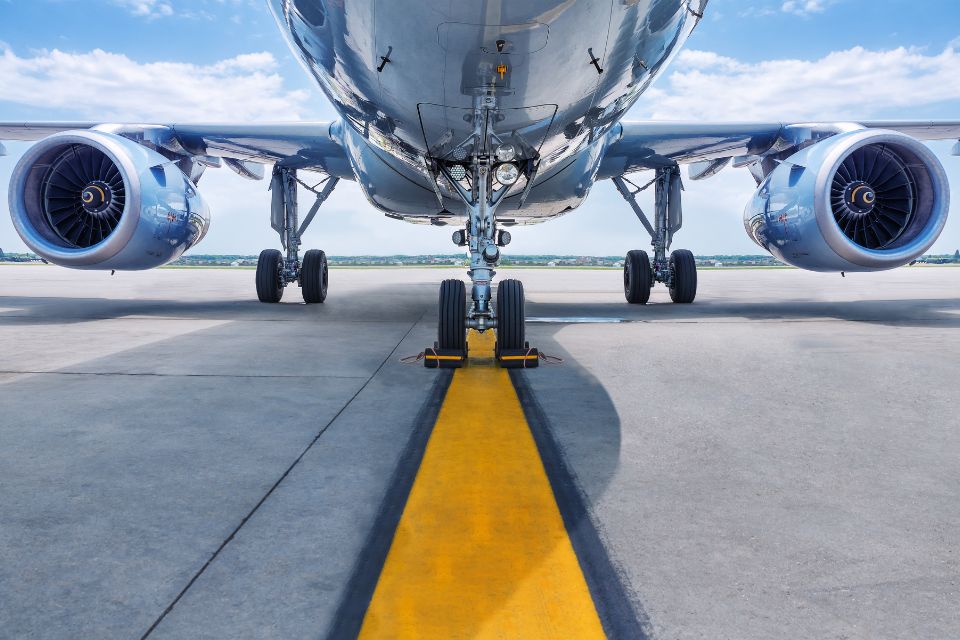Airplanes take thousands of people from point A to point B every day, but there is a lot more going on under the surface that people take for granted. For example, have you ever thought about all of the custom graphite parts that make up the brake pads? Without such well-designed brakes, planes would simply never stop in time on the runway. These vessels are complicated machines with many moving parts working together to ensure passengers are safe and cared for.
Without the field of aerospace manufacturing playing a crucial role in creating these intricate components, it’s highly unlikely the aviation industry would be as far advanced as it is today. It is amazing how a variety of mechanical parts can come together to make something so advanced that it can take us up to the skies. This is why those who build planes or fix them, have to go for quality parts, from the minuscule to the major. Utilizing the top pcb connector supplier all the way to the best interior designer, can make a significant difference.
Read on to learn about some of the most important components of an airplane.
The Wings
These parts of an airplane may be somewhat obviously important, but they are critical pieces and more complicated than you may initially think. Aerospace parts manufacturing companies must consider multiple factors when designing and producing these essential aerospace components. Some people view the wings of an airplane like that of a bird and assume there’s nothing else going on with them. In reality, a bird’s wings are incredibly complicated, and an airplane’s wings match that complexity. The plane moves fast on the ground, which gets air flowing above, below, and across the wings.
The tilt of the wings, along with the air, generate a force known as lift, which gets the plane in the air. Then, as the plane lands, the slats at the front and back extend, creating a bigger surface area for more lift. This process happens much slower than takeoff, helping the plane land smoothly.
Frequency Converters
This technology can sound a little odd among the other airplane parts, but it is definitely one of the most important. Aerospace companies use frequency converters because the world has different frequency standards, and these converters can help ensure everything runs smoothly. The worldwide standard for aviation is 400hz, and keeping this frequency standard in the aviation industry makes air travel safer and more convenient. Converters play a pivotal role in aerospace because they help get all electronics onto the same frequency and prevent any electrical interference or power drains that can potentially happen.
Airplane Tail
One part that rounds out the whole design of the plane is the tail. It contains multiple parts, and they all work together to help the plane achieve stability and create lift to support the wings further up the plane. The pilots can control the tail to help the aircraft ascend and descend in the sky; there is also an “elevator” back there. The pilots can pull back on their yokes, causing the elevators to go up, lifting the plane’s nose. This piece, along with the horizontal stabilizer, can help ensure the plane stays on course and doesn’t waver in the wind.
These are the most important components of an aircraft, and after learning more about them, you may have a little more appreciation the next time you fly. Airplanes are complex machinery requiring professionals to maintain and fly them all around the world. It’s wild that some pieces of technology can come together to fly millions of people every year, but that’s exactly what airplanes do.

